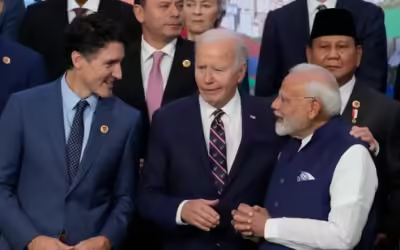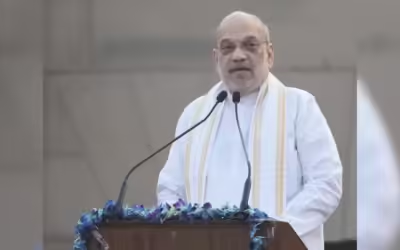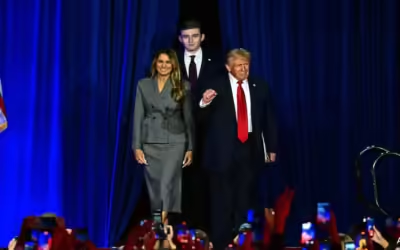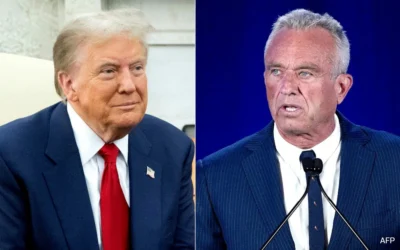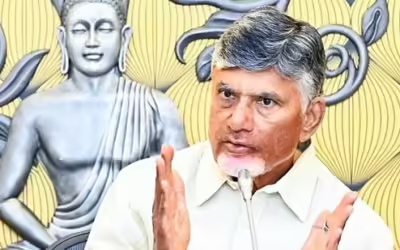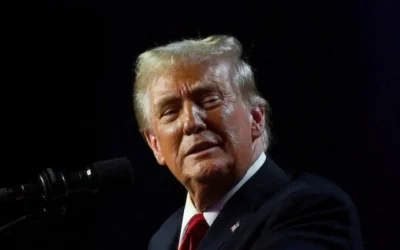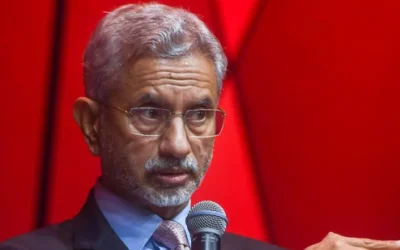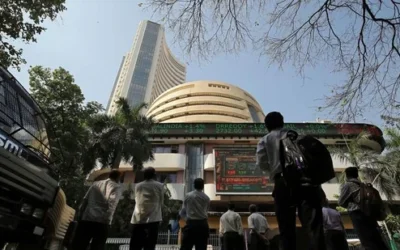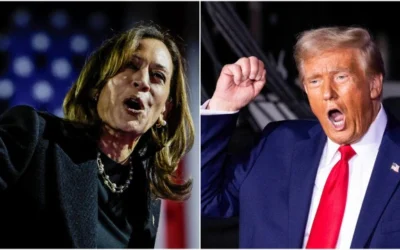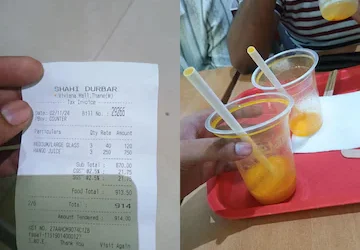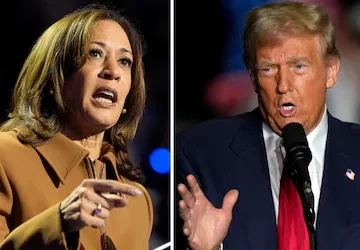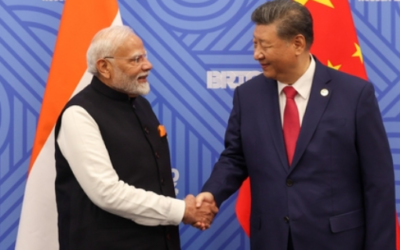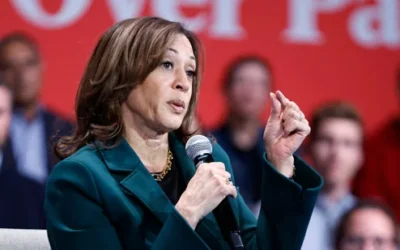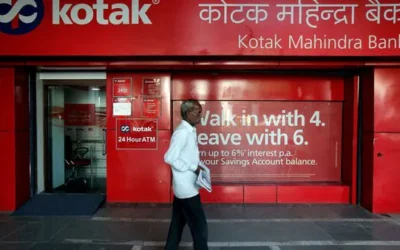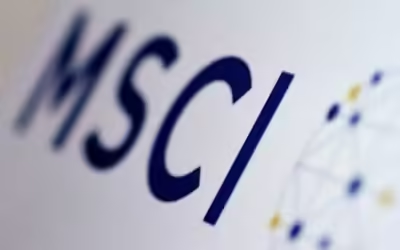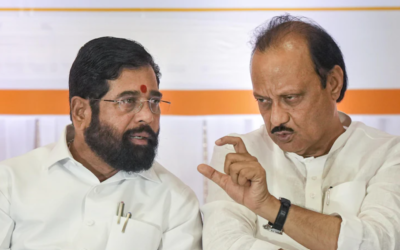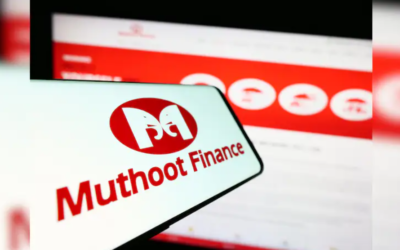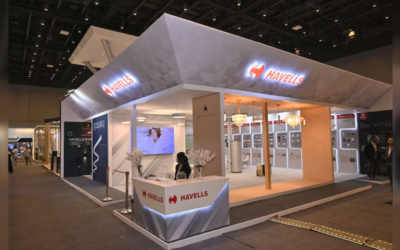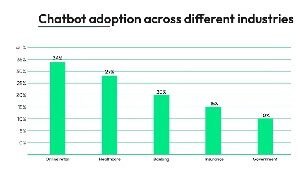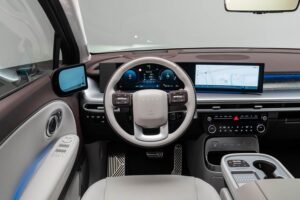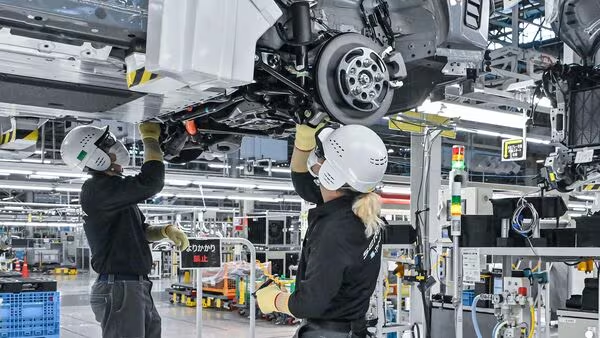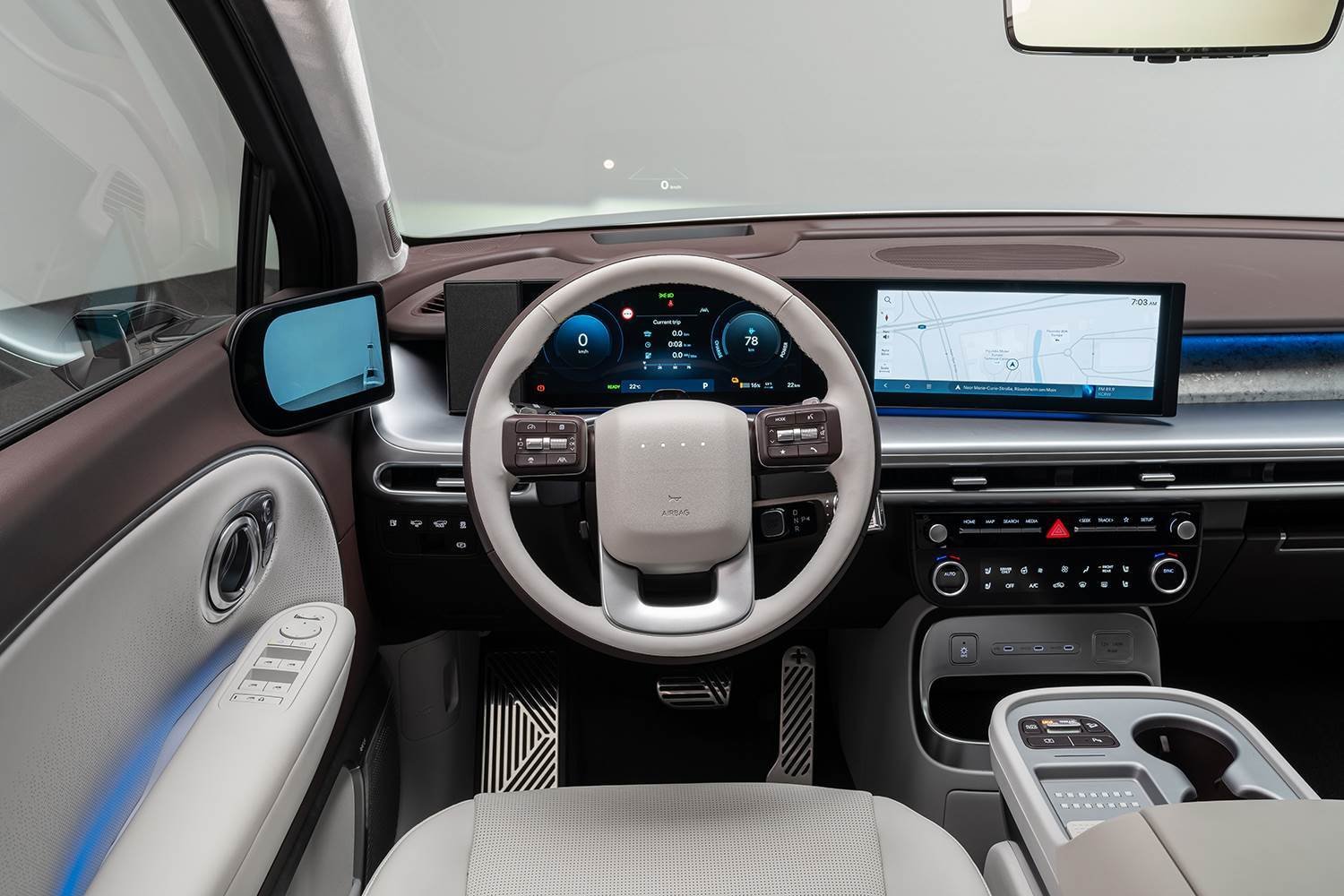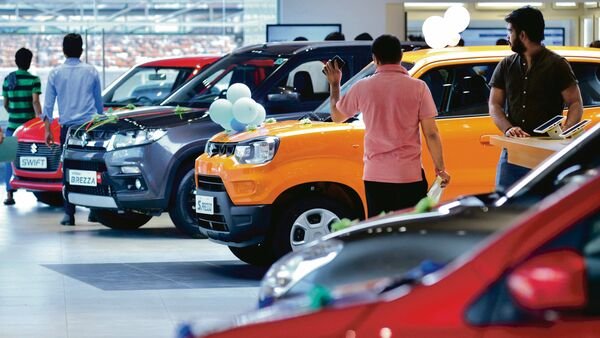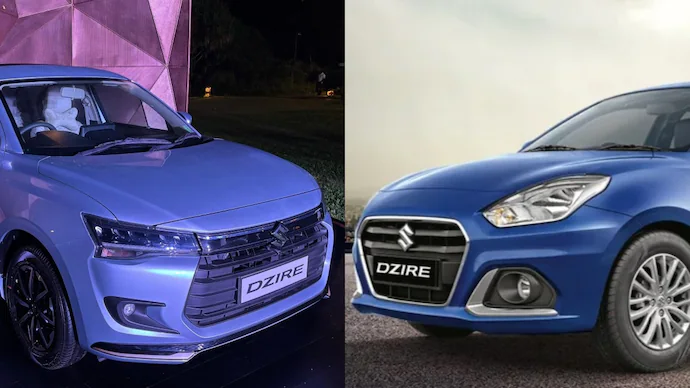The calamitous results will prove costly for Chief Executive Officer Makoto Uchida, who’s forfeiting half his compensation starting this month. As part of the measures taken to address the situation, cost-cutting will also be implemented across various departments.
The CEO told investors Nissan has been affected “not only by external challenges, but also by our specific issues,” alluding both to the breakneck rise of Chinese automakers and Nissan setting overly ambitious sales targets.
“Meeting our sales goals will be a challenge,” Uchida said. “We need to rebuild our strength so that we can pivot toward a more positive direction.”
Management also lowered their revenue outlook by more than 9%, meaning they now expect virtually no growth for the year. This follows extensive cost-cutting efforts.
Uchida has been at the helm since 2019, when Nissan was facing an existential crisis in the wake of former chairman Carlos Ghosn’s departure.
“Nissan is the weakest one,” said James Hong, an analyst at Macquarie Securities Korea. “The only way for the company to improve sales is through price cuts and other measures.”
What Bloomberg Intelligence Says
— Joel Levington, BI director of credit research
Nissan will sell nearly a third of its 34% stake in Mitsubishi Motors, offering 10% through the Tokyo Stock Exchange for ¥68.6 billion as part of cost-cutting.
Uchida is eight months into a three-year turnaround plan, but Nissan revised its annual profit forecast down to ¥500 billion from ¥600 billion in July due to weak sales in China, Japan, and North America.
Nissan’s Q2 profit for September was ¥32 billion, below the ¥65 billion estimate and far from last year’s ¥208 billion.
Bloomberg’s Tatsuo Yoshida said the Q2 profit decline was expected, but the result was worse than anticipated.
Nissan Faces Challenges Amid EV Push and Strategic Shifts
“The main problem is the gap between what the company wanted to achieve, and what was realistically possible.”
Uchida’s plan includes expanding EVs, forming new partnerships, and selling 1 million more cars annually by 2027. However, analysts note the new lineup lacks hybrid models, a key issue as EV demand declines.
“The demand for hybrids is what’s allowing Toyota and Honda to enjoy strong profitability,” Macquarie’s Hong said. “That strategy also needs to be revisited.”
Like many international legacy automakers, Nissan is struggling in China, the world’s biggest car market. In June, the company said it would cease production at a plant in Changzhou amid slumping sales.
Nissan is now expecting to produce about 3.2 million vehicles in the year ending in March, almost 7% fewer than the last fiscal year. The company also lowered its retail sales outlook to 3.4 million vehicles, paring forecasts for each of its major markets: North America, China, Japan and Europe.
In March, Nissan, Honda, and Mitsubishi teamed up on software, batteries, and EV components, potentially competing with Toyota’s alliances with Subaru, Suzuki, and Mazda.
Uchida said Thursday that strategic partnerships with Renault SA, Mitsubishi Motors and Honda will boost Nissan’s investment efficiency and product. The job cuts he announced amount to about 7% of Nissan’s workforce, highlighting cost-cutting methods.







